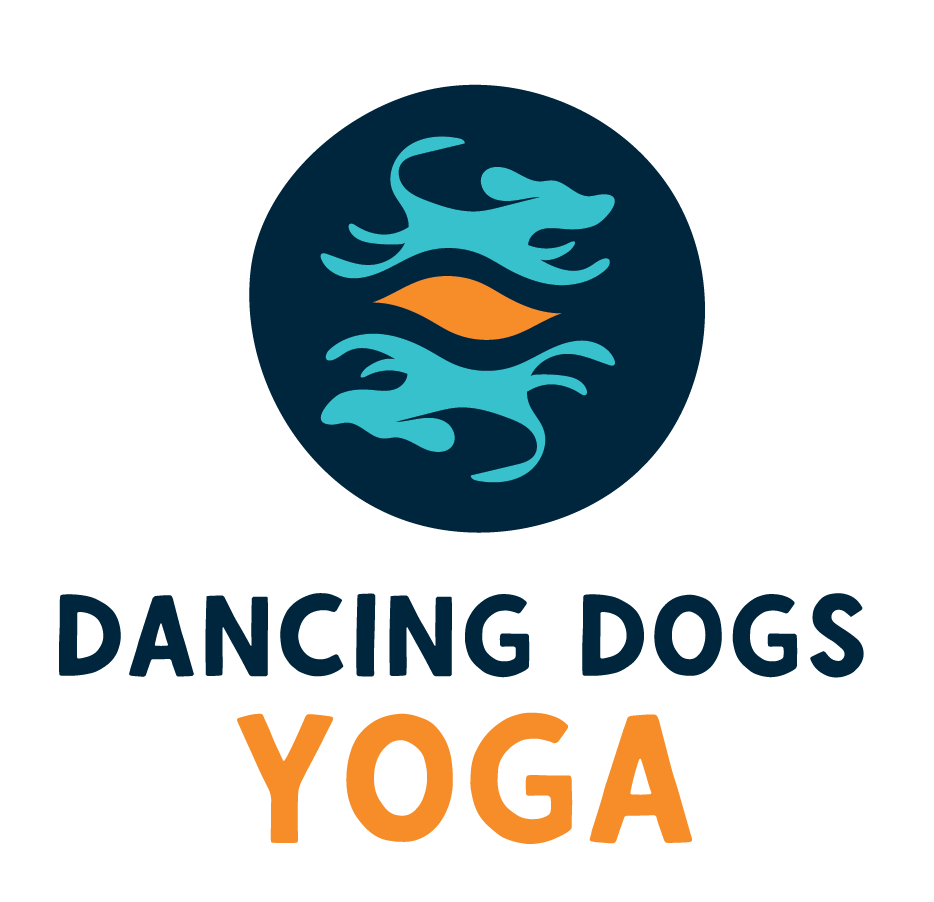Let's Get Down Dog
Let’s get down, dog.
Adho Mukha Svanasana (Downward Facing Dog ) is the basis of the Power Yoga practice and is one of the most beneficial postures in yoga. It is arguably the most recognized pose in all of yoga!
ADHO= Downward MUKHA= Facing SVANA= Dog ASANA= Seat or Posture
Considered an active resting pose during our dynamic sequence, it may NOT feel restful if you are new to yoga! Keep your tail up-- like everything, Down Dog feels better with PRACTICE!
Down Dog is considered an inversion, and it is an active resting pose. Why should you do it? Here are just a few BENEFITS of Down Dog:
Calms the brain and relieves stress and mild depression
Energizes the body
Stretches the shoulders, hamstrings, calves, arches and hands
Strengthens the arms, legs and wrists
Relieves headache, insomnia, fatigue and back pain
Improves digestion and elevates mood
Therapeutic for high blood pressure, asthma, sciatica and sinusitis
That’s a lot of tail-wagging. But there are often a lot of complaints that keep yogis from feeling freedom in Down Dog. The most common complaints are sore wrists and tight hamstrings, and with a skilled teacher, you can eliminate BOTH of these early on in your yoga practice with a few simple modifications.
Many students fight modifications of postures due to ego. Yoga is a place to let go of what it LOOKS like and start paying attention to what it FEELS like. I can’t stress enough that as a teacher, I don’t judge you on what your pose looks like— I want you to feel GREAT. My job as a teacher is to help you break down the ego be true to the needs of their own body. A teacher meets the students where they are, and helps them see where they are. The principles of Ahimsa (non-violence) and Satya (truth) apply here— be good to your body and your body will be good to YOU.
The keys to unlocking this posture are to lengthen your base (the distance between your hands and feet), bending your knees to give freedom to your lower back, and pressing through your knuckles to stop overloading the joints.
If you have particularly tight in the hamstrings (which is often like…. 90% of class) use the modifications above to find a neutral spine no matter how bent your knees are.
So how do you DO downward facing dog?
Start on your hands and knees, with your hands at least shoulder distance apart and your knees under your hips.
Tuck your toes, and lift your hips up to the ceiling.
Press your palms flat on your mat with your index fingers pointing forward.
If your shoulders feel tight, Place your hands wider than shoulder width apart.
Lift your tailbone high forming an inverted “V” position.
Maintain a neutral spine, and bend your knees if you have tight hamstrings
Set your DRISHTI or gaze right between your feet
Bring your feet hip width distance apart OR WIDER if your hammier still feel tight!
Press down through the balls of your feet.
Bend your knees and release your hamstrings if needed!
Drop your heels towards the floor. Your heels NEVER need to TOUCH the earth, but ALWAYS press towards it! If your heels easily touch the floor, its time to challenge yourself— walk your feet back!
Press your chest towards your thighs.
KEEP BREATHING, yogi. If you practice downward facing dog every day, it WILL get more and more comfortable.
You’ve got this. You can always ask on of our teachers to look at your down dog and offer a few tips to make it more accessible, enjoyable and beneficial for YOU. See you on the mat!
Namaste, Shelley


